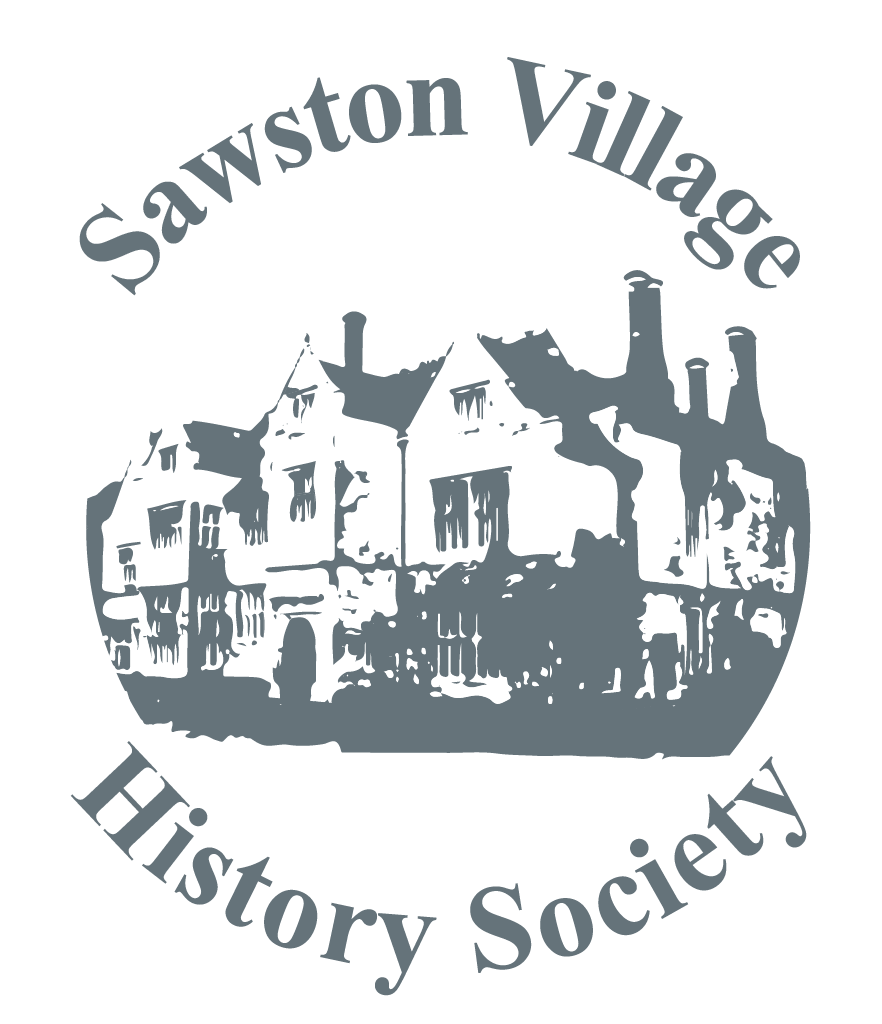
David Oates' father worked for the Chivers company, and became the company archivist. David worked for them in School holidays. When the company closed, his father had the archives, which David inherited. This included many photographs which formed the basis of his very interesting presentation.
In 1873 the Chivers family were farmers at Histon, on the edge of the fens, a good area for fruit growing, and with good rail connections. That year there was a surplus of fruit on the market, so they started making jam, just like any good housewife.
Photographs showed women picking strawberries and blackcurrants, and men picking plums, and there were views of the sorting room with the women in white coats and hats. It was a very self contained operation, with one family responsible for making the picking baskets, and the cooking vessels were re-plated with silver in-house. They even had their own fire brigade.
They established the first British fruit canning factory in 1907, and made their own cans. The beginning of mechanisation was creeping in, with the first rotating machine. They received the Royal Warrant from George V for their jams, and a 1912 catalogue showed their Gold Medal jams available for five shillings and sixpence - per dozen!
They had diversified into marmalade production. Seville oranges were imported from Spain. In the early days these were peeled and cut up by hand by a long line of women just like a domestic housewife would do. A patented hygienic cover was developed for the marmalade and Jams. They also produced canned vegetables, lemonade, and a range of soup powders.
A factory was developed in Montrose for the raspberries grown in Scotland, and there was another in York. Meanwhile the farming activity continued. Stanley Chivers had been through the First World War in France, and brought Percheron horses back to the farm. There was a dairy and a pig unit, and sheep grazed the grass in the orchards. There was even a large apiary.
In the Second World War large gangs of land girls were employed for harvesting, and the company was also producing potato powder and egg powder under the watchful eye of Lord Woolton as well as making jam.
After the war, automation began to make its presence felt, and further diversification took them into Christmas puddings in tins, and canning peas. By now there had been three generations of Chivers, but few companies run to a fourth generation and no exception, Chivers was sold to Schweppes in 1960. The Chivers name continued until 1970, but now it is known as Hartleys, owned by Premier Foods.